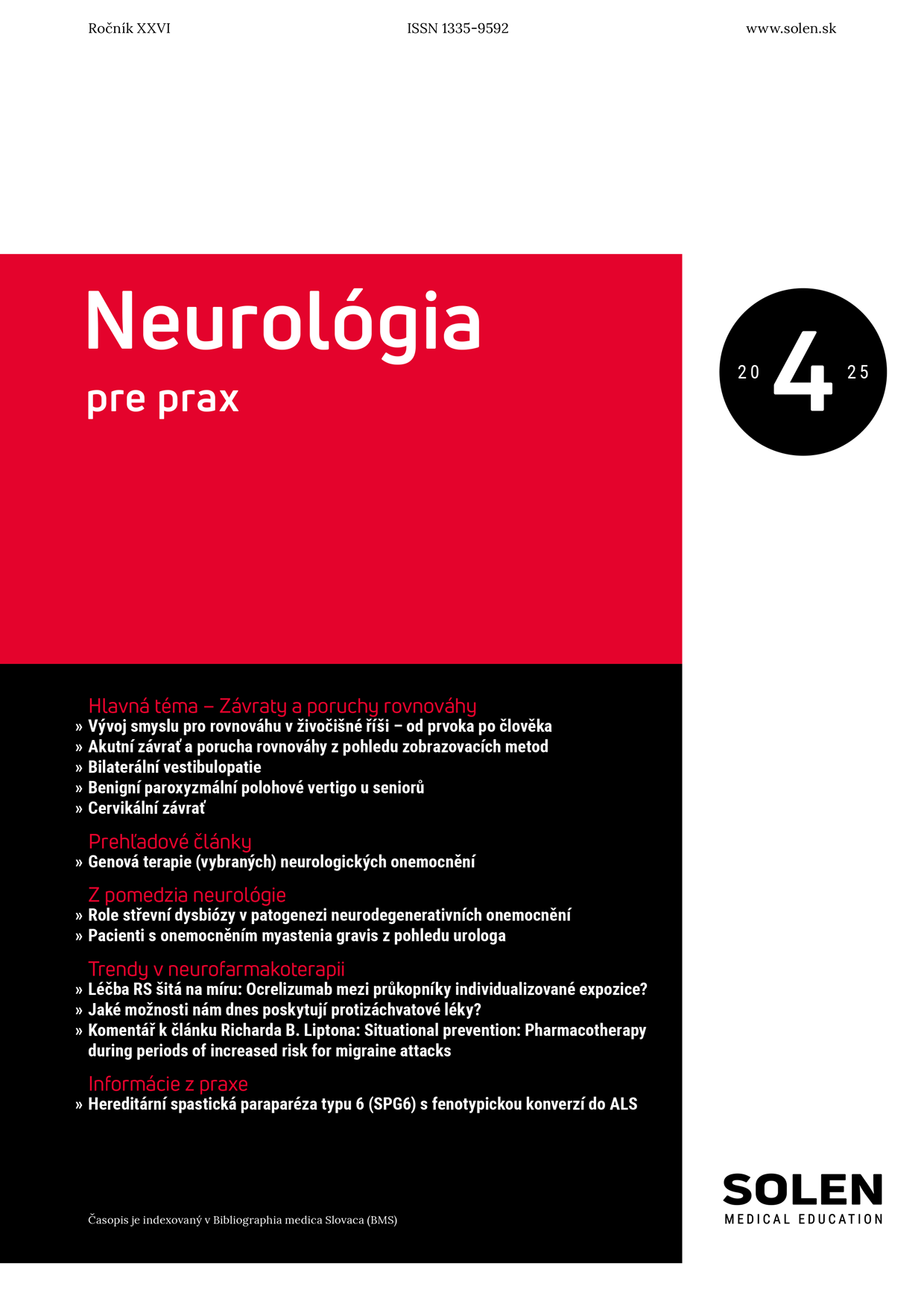Anestéziológia a intenzívna medicína 2/2022
Basic physical, mathematical and biological principles of airway cleaning during artificial lung ventilation
In the work, authors analyze the issue of cleaning (sanation) of the airways using programmed changes in gas flow during high-frequency ventilation (mechanical cough MC). They explain the method of programmable movement of „bodies“ (mucus, aspirate, pus, etc.) from a physical and mathematical point of view. Define the conditions for the emergence of an impulse, i.e., moving the body towards the alveolar space, as well as expulsion, i.e., moving the body in the oral direction. They explain the technical principle of inducing expulsion and its augmentation, as well as protection against possible lung barotrauma using the expiratory support nozzle. They state the basic indications when it is advantageous to use impulse and especially expulsion in clinical practice, emphasize the importance of humidification and heating of respiratory gases before expulsion. Based on our own data and personal experience, it is shown that the application of expulsion and impulsion with using of high-frequency ventilation significantly improves the cleaning of the airways. Expulsion efficiency is evaluated positively in over 90% patients. The reduction in the number and severity of complications caused by inflammation of the lungs or airways during long-term artificial lung ventilation (UVP) if applied repeatedly 3-4 times a day can be observed.
Keywords: High-frequency ventilation, airway cleaning, expulsion, percusion

















